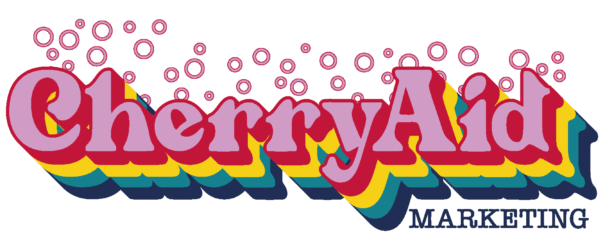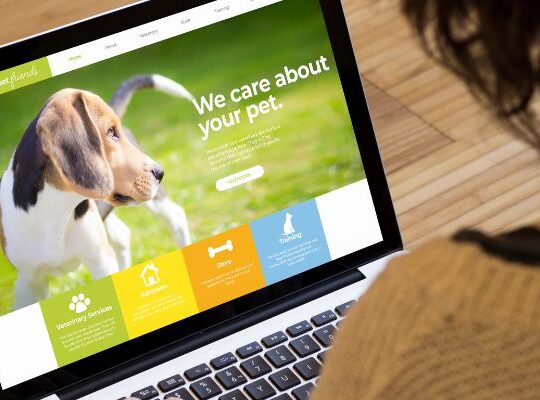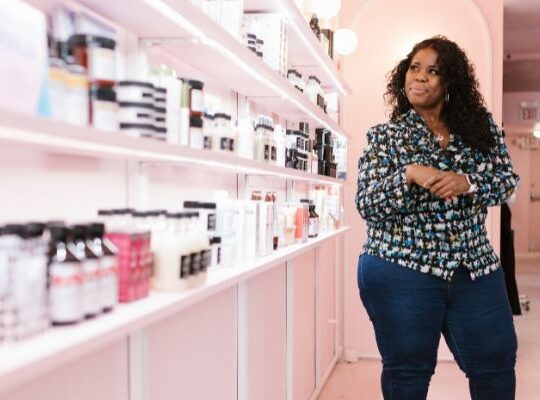Do you hear people talking about blogs and feel anxious and confused and think “oh no, not another marketing thing to do”? Well if you do, I’m writing this for you. It’s my all about blogs guide.
I’ll take a look at why you should have a blog on your website and give you some practical tips to get started. Sounds good? Then grab a brew and keep reading.
Do I really need a blog?

You know what I’m going to say here, don’t you? Yep you’re right – of course you should have a blog on your website! And here’s why:
- They’re great to share updates about your business.
- Your audience can get to know, like and trust you better.
- They increase your search engine optimisation (SEO) and the chances of you being visible in search engines.
- You can re-purpose them – meaning that you can use them in a variety of marketing activities, making your life a little easier and helping with that crucial SEO.
Still not sold on the idea? Here’s some useful tips to get you started.
Where to host a blog

This question is more common than you think, so don’t worry if that is your first thought. A blog is a page on your website. On WordPress websites (like this one), they are found under the ‘posts’ area. There is a main page which holds all your blogs in one place. If you’re unsure, get in touch and I’ll see if I can help you out.
Don’t know what to write about? How to begin…

If you’re already thinking ‘woah, this is too much’, let’s break it down. Start by thinking about some subjects you could write about. Obviously they will need to be of interest to your audience, so think about sharing updates, style guides, ways your products can be used. It’s about thinking around what you’re trying to sell then making the content meaningful so it’s not too salesy.
What to include in your blog
When it comes to writing your blog, do you do anything but put pen to paper (or fingers to keys!)? I know it’s tricky, I faff around on social media when I’m struggling to form the words for a blog.
But once I get going, I usually find the words start to flow. I begin by setting the scene (what I’m going to talk about) and why the content will interest the audience, before writing about the subject, then finish with a final summary paragraph.
I make sure I use headings and images to break up the text, and put captions with the images. It’s also useful to include internal links to other blog posts or pages on your website. You could also add a link for readers to sign up to your email marketing newsletter.
Want to know more about email marketing? Read my blog full of tips to make yours a success.
My blogs are usually around 500 words long, and I include key words or phrases that I think my audience may be looking for. If you don’t know which words to use, you can use tools such as Google Trends or Keywords Everywhere to give you an idea. Including the keywords and phrases helps with your visibility in search engines.
When is the best time to write a blog?

When you have something to say that will interest your audience. That is the best time. But you also should be generating content regularly if you want to improve your SEO and have something else to talk about on your social media.
Who should write a blog

A blog is the perfect opportunity to let your brand personality shine. So if you are the most passionate about your business, then perhaps it’s something you should do. However, if you don’t feel comfortable writing, then you can engage someone else (like me!) to create the content for you. Before engaging external help, make sure they understand your brand and the tone you would like to use.
Blogs also have the option to allow readers to leave comments. This is great for engagement, but make sure if you reply to comments that they use your brand voice.
All about blogs – the lowdown
I hope this has helped to take the overwhelm away from you, now you have the all about blogs knowledge.
A blog won’t magically drive loads of traffic to your website, but the more content you have, the more opportunities you have to be discovered. And don’t forget, blogs need to work in conjunction with other marketing activities. A bit like cogs working together – the more you do, the more opportunities there are to be discovered.
If you’re still unsure about your blog, get in touch. I’d love to help.
And if you’re looking for hints and tips straight to your inbox, then join in with The CherryAid Chatter – you can sign up here:
Thanks for reading,
Gill x







